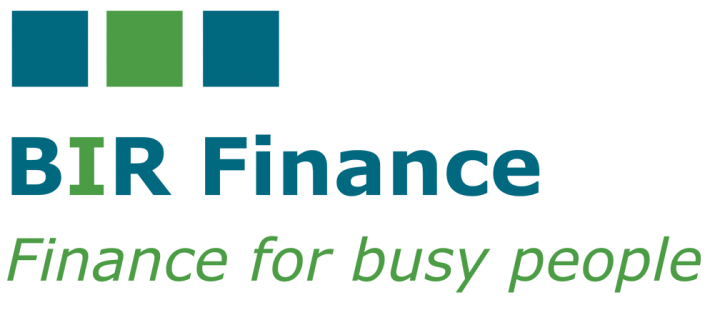Common Terms &
Abbreviations
A1 – Applicant 1 (A2 – Applicant 2)
MA – Male Applicant FA – Female Applicant
ATO – Australian Taxation Office: The Commonwealth Department which deals with income tax, capital gains tax, fringe benefits tax and the collection of study debts.
B1 – Borrower 1 (B2 – Borrower 2)
Comparison Rate: the interest rate figure that represents the total annual cost of the loan, including the annual interest rate, monthly repayments, and most ongoing and upfront fees and charges. Comparison rates for home loans are typically based on a $150,000 loan over 25 years.
COS – Contract of Sale: A written agreement outlining the terms and conditions for the purchase or sale of a property.
FHOG – First Home Owners Grant: see the links below. First Home Owners get some benefits by way of Grants and reductions in stamp duty (these vary State by State). There are links below for all States and also a specific link for Victoria’s State Revenue Office (SRO).
LMI – Lenders Mortgage Insurance: LMI is an insurance that lenders take out in order to be able to lend to borrowers who have a smaller deposit (i.e. generally when the amount you are lending is more than 80% of the value of the property – although there are some important exceptions by job category and sometimes by lender).
LVR – Loan to Value Ratio: The LVR is the amount you are borrowing, represented as a percentage of the value of the property being used as security for the loan. Generally, lenders will obtain an independent valuation of the property which they use as the basis for calculating LVR, rather than the advertised purchase price, which may be different. Lenders place a large emphasis on the LVR when assessing your loan application. The lower the LVR , the lower the risk is to the bank.
NCCP – National Credit Code: Schedule 1 of the National Consumer Credit Protection Act 2009 (Cth)
PAYG – Pay As You Go tax: This is a withholding tax which you are required to pay to the ATO during the year. These payments accumulate towards your expected end of year income tax liability. For employees, the employer deducts amounts based upon their taxable salary or wage.
SE – Self Employed: someone who operates a business in their own name.
SRO – State Revenue Office: The Government Department which deals with Stamp Duty and also First Home Owners Grants
A
Accountant’s Letter
Amortisation Period
Application Fees
Appraised Value
Appreciation
Arrears
Assets
Auction
B
Bank Valuation
Body Corporate
Breach of Contract
Break Costs
Bridging Finance
Building Inspection
Building Regulations
Building Society
Buyers Advocate
C
Capital Gains
CGT – Capital Gains Tax
Capped Loan
Caveat
Caveat Emptor
Certificate of Title
A record of all current information relevant to a particular property or piece of land, including:
- Current ownership details.
- Any registered encumbrances or caveats.
- Lot or plan details.
A lender usually holds this document as security. Once the loan is fully repaid, the Certificate of Title is returned to the borrower (often the homeowner).
Chattels
Commission
Conveyance
Conveyancing
Cover Note
Credit
Credit Union
Creditor
Counter Offer
D
Debtor
Deed
Default
Deposit
Deposit Bond
Depreciation
Direct Debit
Disbursements
Discharge Fees
Discharge of Mortgage
Disposable Income
Drawdown
E
Easement
Encumbrance
Equity
Establishment Fees
Exchange of Contracts
Exclusive Listing
Exit or Early Repayment Fees
Extra Repayments
F
Fittings
Fixed Rate
Fixtures
Freehold
G
Gazumping
Guarantor
H
Home Equity
Home Loan
Honeymoon Rate
I
Instalment
Interest
Interest Rate
Interest-only Loan
Introductory Loan
Investment Property
J
Joint Tenants
L
Lease
Letter of Employment
LOC - Line Of Credit Loan
Lump Sum Repayments
M
Maturity
Maximum Loan Amount
Minimum Loan Amount
Minimum Repayment Required
Mortgage
Mortgage Broker
Mortgage Offset Account
Mortgage Protection Insurance
Mortgage Registration Fee
Mortgagee
Mortgagor
N
Negative Gearing
O
Offset Account
P
Passed In
Portabilitiy
Principal
P&I – Principal & Interest Loan
R
Real Estate Agent
Re-amortise
To recalculate the minimum repayment required to repay the outstanding balance of a loan over the remaining period. This generally happens when:
- The loan term is extended; or
- The loan amount has significantly increased or decreased compared to the original loan amount.
Redraw Facility
Refinance
Reserve Price
Reverse Mortgage
S
Searches
Security
Settlement
There are generally two types of settlement that happen with most property purchases:
- Settlement of the property is when the balance of the purchase price is paid to the seller. The buyer receives the keys and becomes the legal owner of the property.
- Settlement of a loan coincides with settlement of the property. It’s when the lender transfers the borrowed funds to the seller or the seller’s mortgage holder.
